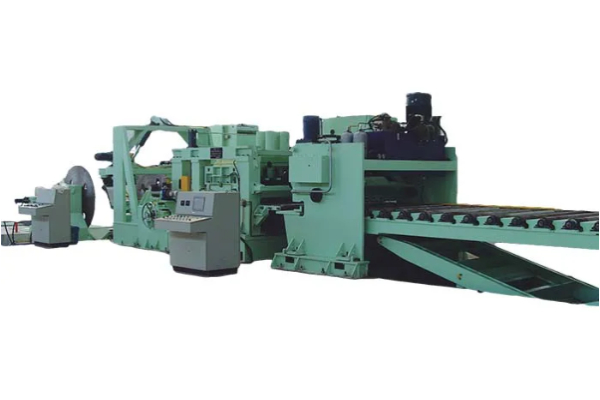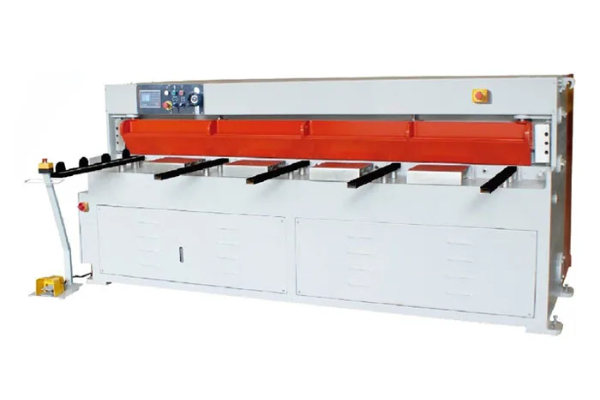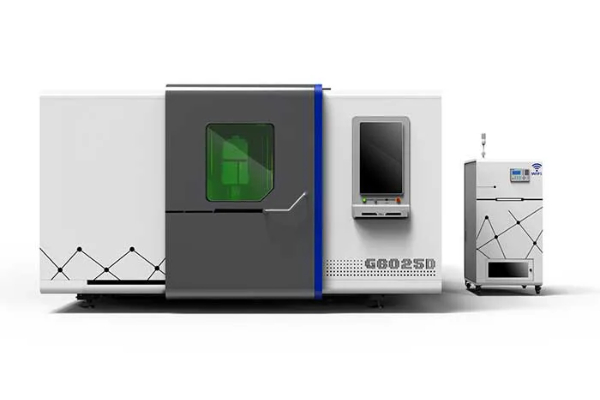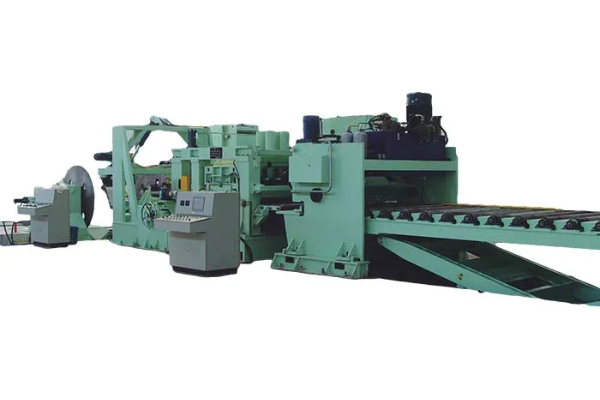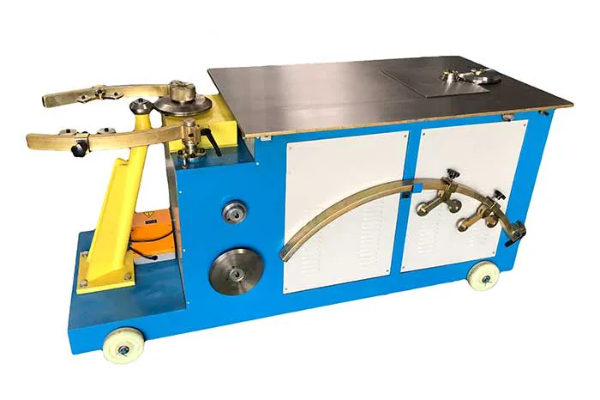
Step-by-Step Guide- Using a CNC Sheet Bending Machine for Precision Bends
- By:Metmac
- 2024-06-11
- 204
Step-by-Step Guide: Using a CNC Sheet Bending Machine for Precision Bends is an invaluable resource for both seasoned professionals and individuals new to the field of metal fabrication. This comprehensive guide meticulously outlines the intricacies of using a CNC sheet bending machine to achieve precise and intricate bends in sheet metal.
Preparation:
– Selecting the Right Material: Understanding the material’s properties and thickness is crucial for determining appropriate bending parameters.
– Machine Calibration: Ensuring the machine is accurately calibrated guarantees consistent and precise bends.
– Tooling Selection: Choosing the correct punch and die set based on the material and bend radius ensures optimal results.
Setup:
– Positioning the Sheet: Accurately positioning the sheet metal on the machine’s table is essential for proper bending alignment.
– Inputting Bend Data: Programming the machine with the desired bend angles, bend sequence, and tool selection ensures precise execution.
Bending Process:
– Material Clamping: Securing the sheet metal firmly in place prevents movement during the bending process.
– Punch and Die Engagement: The punch applies pressure to the sheet metal, while the die provides support and shapes the bend.
– Return to Home Position: After the bend is complete, the punch and die return to their original positions, releasing the sheet metal.
Advanced Techniques:
– Air Bending: Using compressed air to inflate the die during the bending process allows for tighter bend radii.
– Hemming: Creating a folded edge on the sheet metal strengthens and improves the aesthetics of the bend.
– Springback Compensation: Anticipating and compensating for the material’s natural springback ensures accurate bend angles.
Troubleshooting:
– Identifying Common Problems: Recognizing and resolving common issues, such as tool wear or machine misalignment, minimizes downtime.
– Performing Maintenance: Regular maintenance, including lubrication and tool inspection, extends the machine’s lifespan and ensures optimal performance.
Safety Precautions:
– Machine Guards: Utilizing machine guards prevents accidental contact with moving parts.
– Personal Protective Equipment: Wearing appropriate safety gear, including gloves and safety glasses, protects the operator from hazards.
– Training: Thorough training on machine operation and safety protocols is essential for operator safety and equipment longevity.
Conclusion:
Step-by-Step Guide: Using a CNC Sheet Bending Machine for Precision Bends is an indispensable tool for any metal fabrication professional. By following the detailed instructions and adhering to the safety guidelines, operators can confidently produce high-quality precision bends, enhancing the efficiency and accuracy of their metalworking projects.
-
Advanced Sheet Metal Rolling, Cutting, and Folding Machines for Efficient Fabrication
2025/10/22 -
High-Precision Sheet Metal Bending and Cutting Solutions for Modern Manufacturing
2025/10/22 -
High-Precision Solutions from Leading Sheet Metal Cutting Machine Manufacturers
2025/09/11 -
Reliable Sheet Metal Equipment for Sale to Support Precision Fabrication
2025/07/17
-
Advanced Sheet Metal Rolling, Laser Cutting, and Folding Machines for Precision Fabrication
2025/10/31 -
High-Performance Sheet Metal Bending and Cutting Machines for Modern Fabrication
2025/10/31 -
High-Quality Sheet Metal Equipment for Sale: Efficient Solutions for Modern Manufacturing
2025/10/31 -
High-Performance Sheet Metal Equipment for Sale: Forming and Shearing Solutions for Modern Fabrication
2025/10/22
-
A Guide to the Latest Innovations in Sheet Metal Folding Machines
2024/11/29 -
Key Features to Consider When Investing in a Sheet Metal Folding Machine
2024/11/28 -
Enhancing Precision with Advanced Sheet Metal Folding Machines
2024/11/27 -
How to Choose the Right Sheet Metal Folding Machine for Your Workshop
2024/11/26
